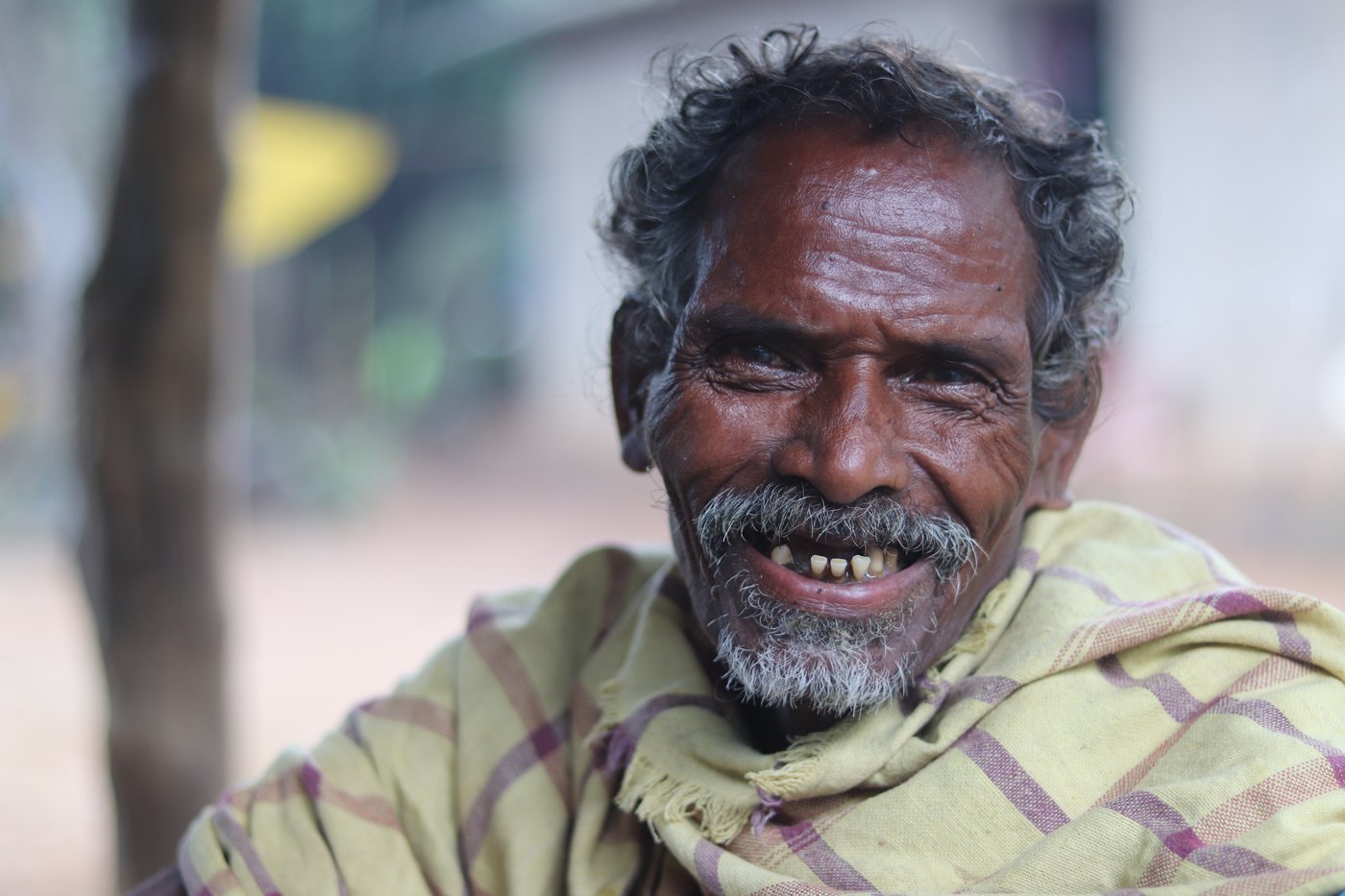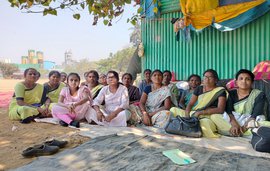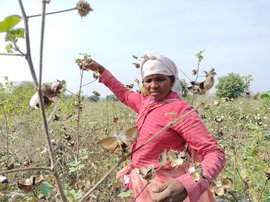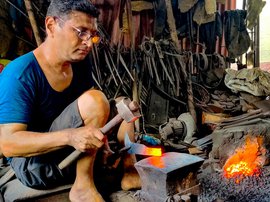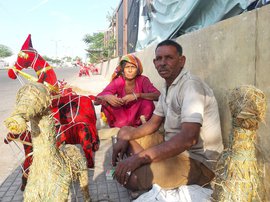Laad haiko may seem a simple enough dish because it needs only two ingredients – bulum (salt) and sasang (turmeric). But the cook says that the real challenge lies in the process, so do watch the video to know more.
The cook is Birsa Hembrom, a Ho Adivasi from Jharkhand. He says the monsoon season is incomplete without laad haiko – the making of a traditional fish dish, the recipe of which he learnt from his mudai (parents).
The 71-year-old fisherman and farmer lives in Jankosasan village of Khuntpani block and speaks only Ho. This is an Austroasiatic tribal language spoken by people of the community. In Jharkhand, the last census count placed the community at just over nine lakh people; a small community of Ho also live in Odisha and West Bengal ( Statistical Profile of ScheduledTribes in India , 2013).
Birsa first catches a mix of fresh had haiko (pool barb), iche haiko (prawns), bum bui , daandike and dudi fish from nearby watery fields during the monsoon and cleans them carefully. Then, he puts them on freshly plucked kaakaaru patta (pumpkin leaves). Getting the right amount of salt and turmeric is key, "too much of it makes it salty, and too little makes it bland. It has to be just right to taste good!" Hembrom says.
To ensure the fish doesn’t get burnt, he wraps an additional layer of thick sal leaves over the thin pumpkin ones. This protects the leaves and the raw fish, he adds. When the fish is ready, he prefers to eat it along with the pumpkin leaves. He explains, "usually I throw away the leaves used for covering the fish, but these are pumpkin leaves, so I will eat it. If you do it right, even the leaves taste good."
PARI would like to thank Arman Jamuda for translating from Ho to Hindi.
PARI's Endangered Languages Project aims to document the vulnerable languages of India through the voices and lived experiences of the ordinary people who speak it.
Ho belongs to the Munda branch of Austroasiatic languages spoken by adivasis in central and eastern India. UNESCO's Atlas of languages has listed Ho as one of the potentially vulnerable languages of India. This documentation is of the language as spoken in West Singhbhum district of Jharkhand .
